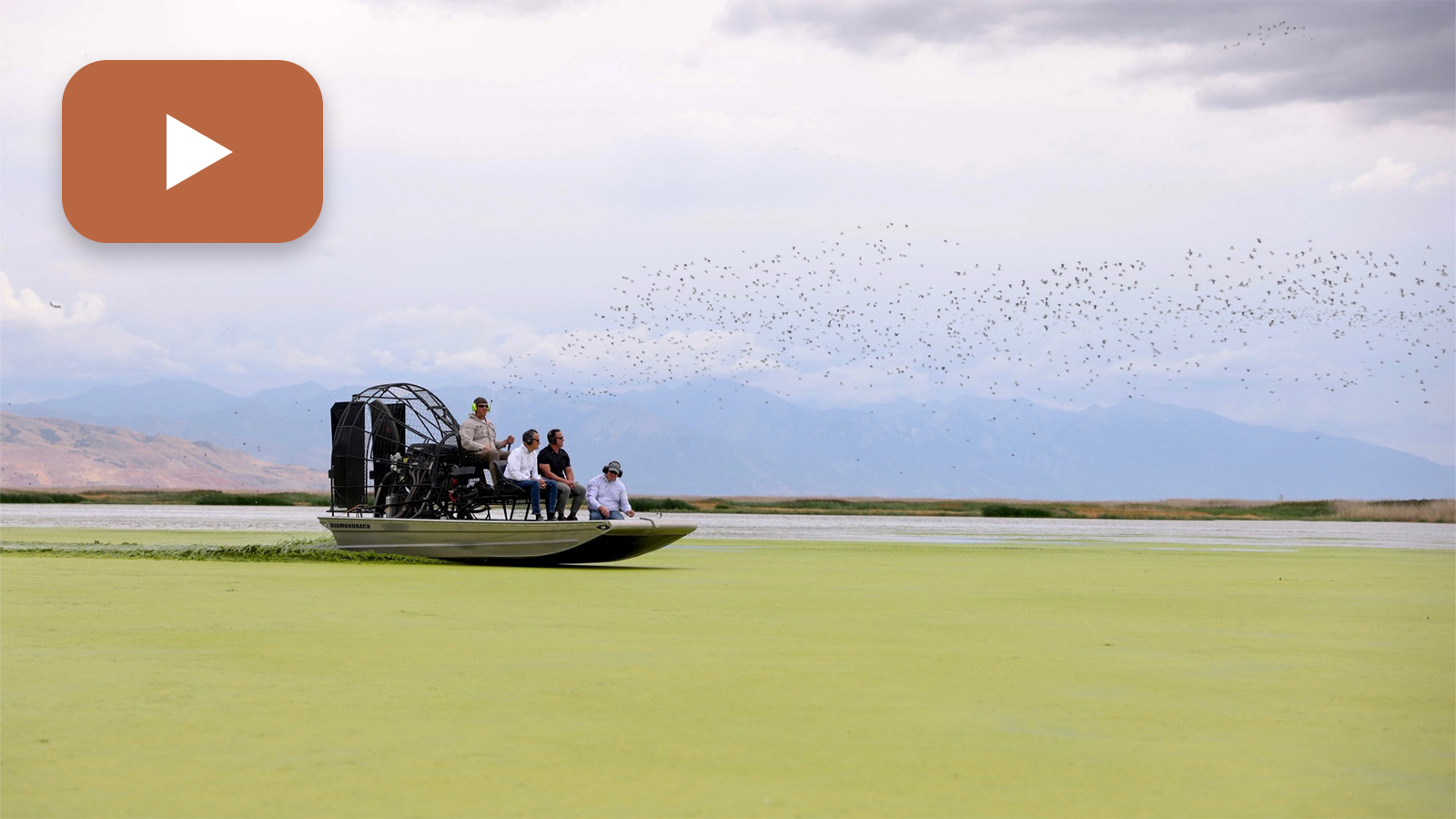|
Utahns have an enormous resource, but it’s being threatened. The Great Salt Lake is currently at the lowest levels ever recorded.
Last week, Speaker of the Utah House of Representatives Brad Wilson and I, along with a group of other State officials, were able to tour areas connected to and dependent on the survival of the Great Salt Lake—everything from the world of agriculture to industrial processes to migratory birds. One thing is clear: The need to save the Great Salt Lake is immediate.
Fortunately, our tour taught us that there are number of actions that can be taken that will dramatically increase the flow of water into the Lake—conservation of various kinds and the implementation of new technology into agriculture. I am optimistic that if properly organized, and with a lot of support from the public, we’ll be able to solve the problem of the shrinking of the Great Salt Lake.
Below, you will find more information about what we learned with a brief recap of our day spent touring the Lake. There are answers. Getting the right answers in place, fast enough, is the task before us.
Let’s do everything in our power to save the Great Salt Lake.



|